The “Handbook of Orthodontics” is a comprehensive guide that covers various aspects of orthodontic practice. It serves as a valuable resource for orthodontic students, residents, and practicing orthodontists. Here’s an overview of what you might find in such a handbook:
- Basic Principles: The handbook would likely start with an introduction to the basic principles of orthodontics, including dental and craniofacial anatomy, growth and development of the dentofacial complex, and biomechanics of tooth movement.
- Diagnostic Techniques: Orthodontic diagnosis is crucial for developing effective treatment plans. This section would cover diagnostic tools and techniques used in orthodontics, such as clinical examination, cephalometric analysis, dental casts, and radiographic imaging.
- Treatment Planning: Based on the diagnostic findings, orthodontists develop individualized treatment plans for their patients. This section would discuss various treatment modalities, including fixed appliances (braces), removable appliances, aligner therapy, and surgical orthodontics.
- Biomechanics and Appliance Design: Orthodontic treatment involves applying controlled forces to move teeth into proper alignment. This section would cover the biomechanical principles underlying tooth movement and the design and mechanics of orthodontic appliances used to achieve desired tooth movements.
- Orthodontic Techniques: The handbook would likely provide step-by-step instructions and illustrations for various orthodontic techniques, including bonding brackets, placing archwires, adjusting appliances, and performing orthodontic procedures such as extractions or orthognathic surgery.
- Retention and Stability: Once active orthodontic treatment is completed, retention is necessary to maintain the achieved results. This section would discuss retention protocols and long-term stability of orthodontic treatment outcomes.
- Special Considerations: Orthodontic treatment may be complicated by various factors such as craniofacial anomalies, temporomandibular joint disorders, or systemic conditions. This section would address special considerations and management strategies for such cases.
- Emerging Trends and Technologies: Orthodontics is a rapidly evolving field, with new technologies and treatment approaches constantly being developed. The handbook may include discussions on emerging trends, such as digital orthodontics, temporary anchorage devices, and accelerated orthodontic treatment techniques.
Overall, the “Handbook of Orthodontics” provides a comprehensive overview of the theory, principles, techniques, and clinical considerations involved in orthodontic practice, making it an essential reference for orthodontic professionals.
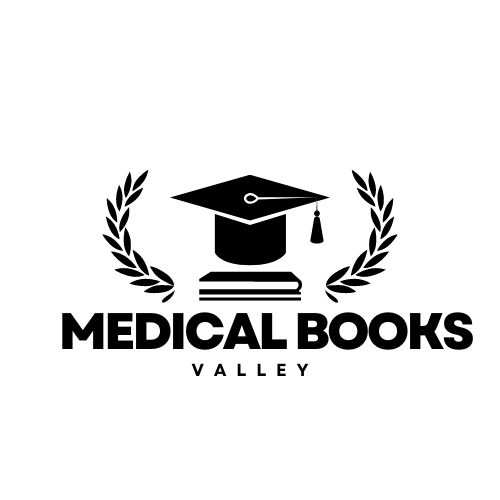














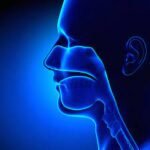

 Prepladder Notes
Prepladder Notes Stethoscope
Stethoscope Plab Books
Plab Books Radiology Books
Radiology Books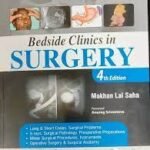 Surgery Books
Surgery Books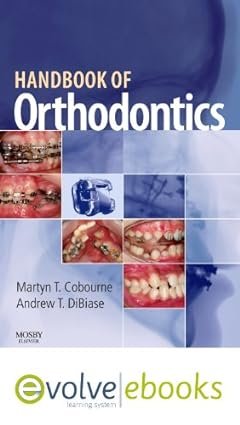
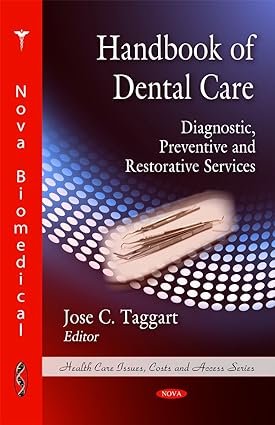
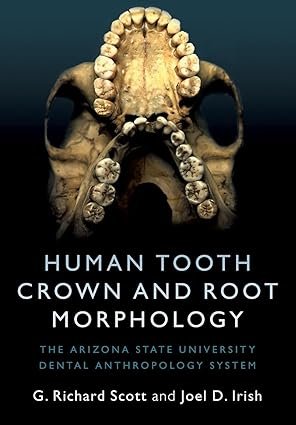



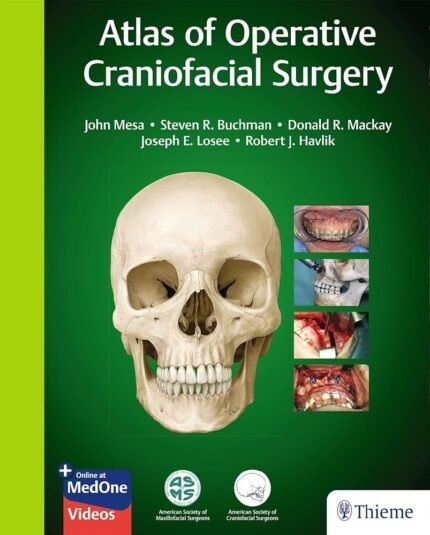
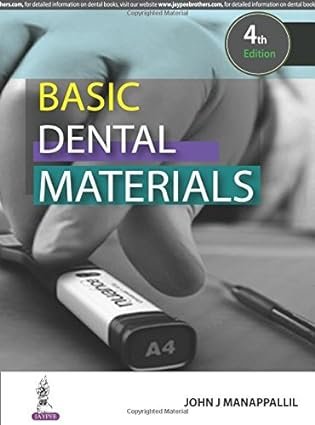

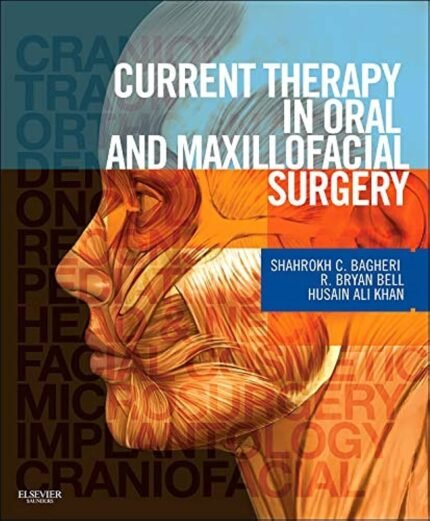


Reviews
There are no reviews yet.